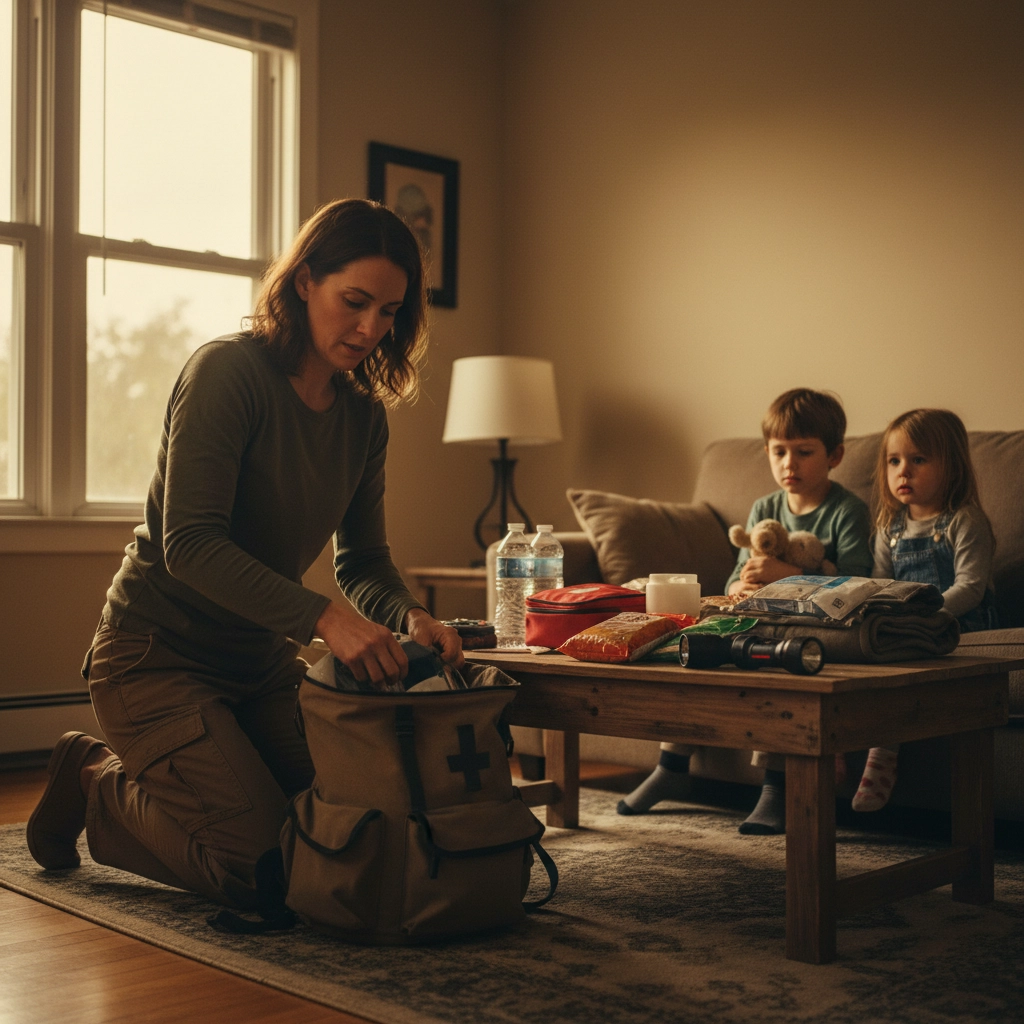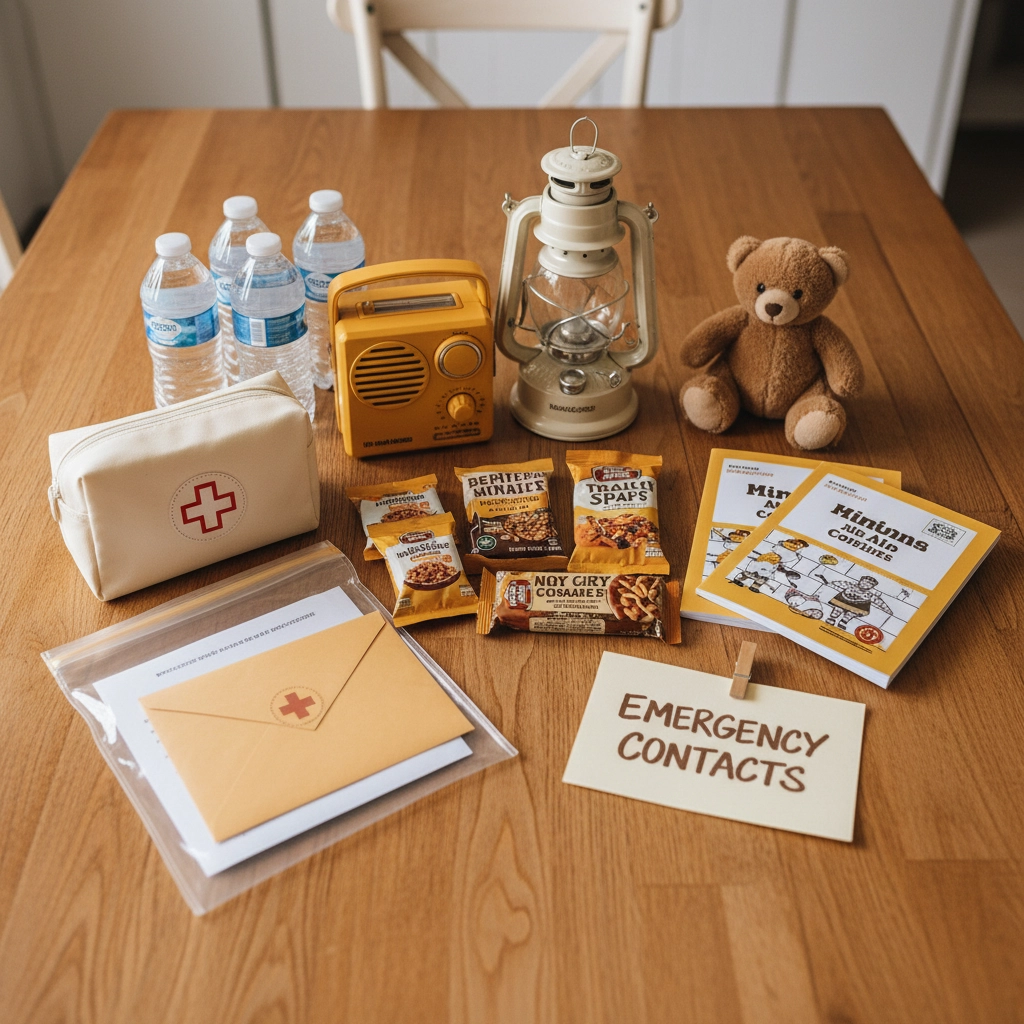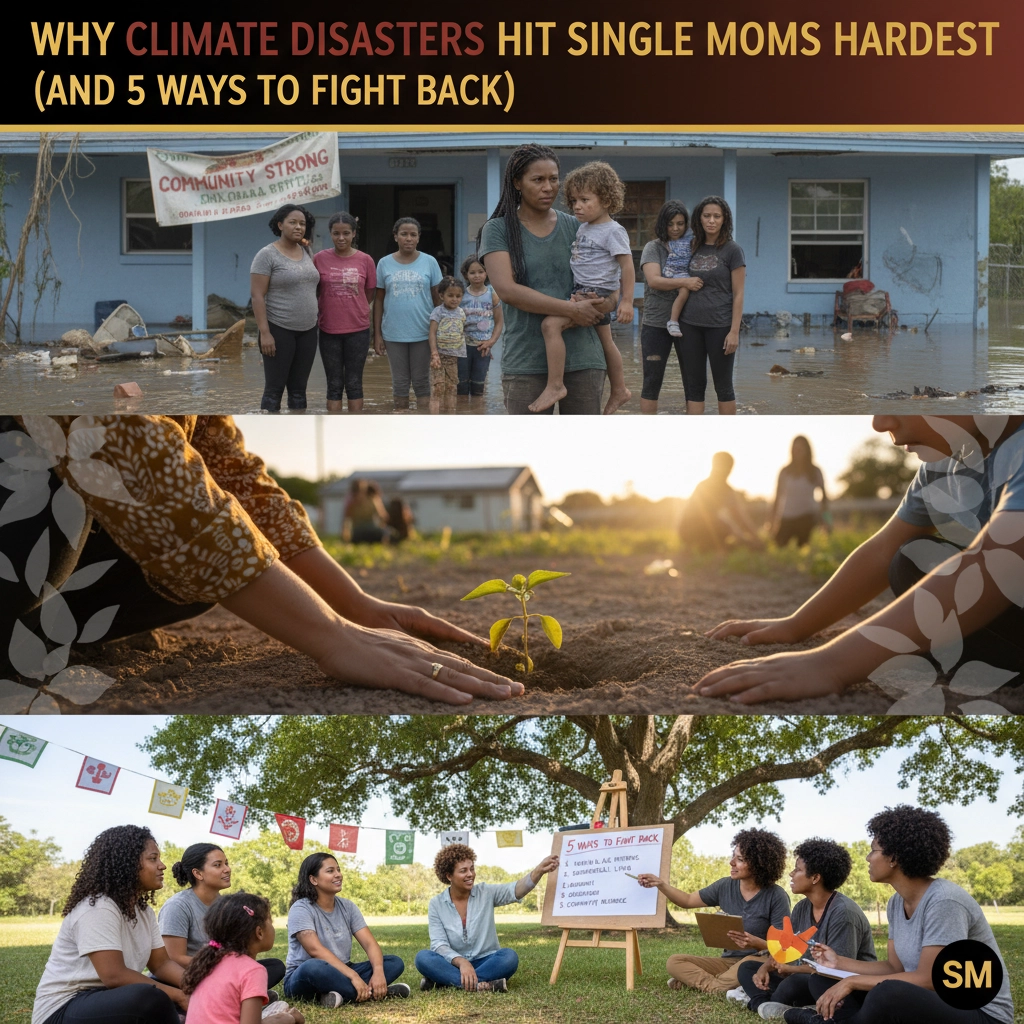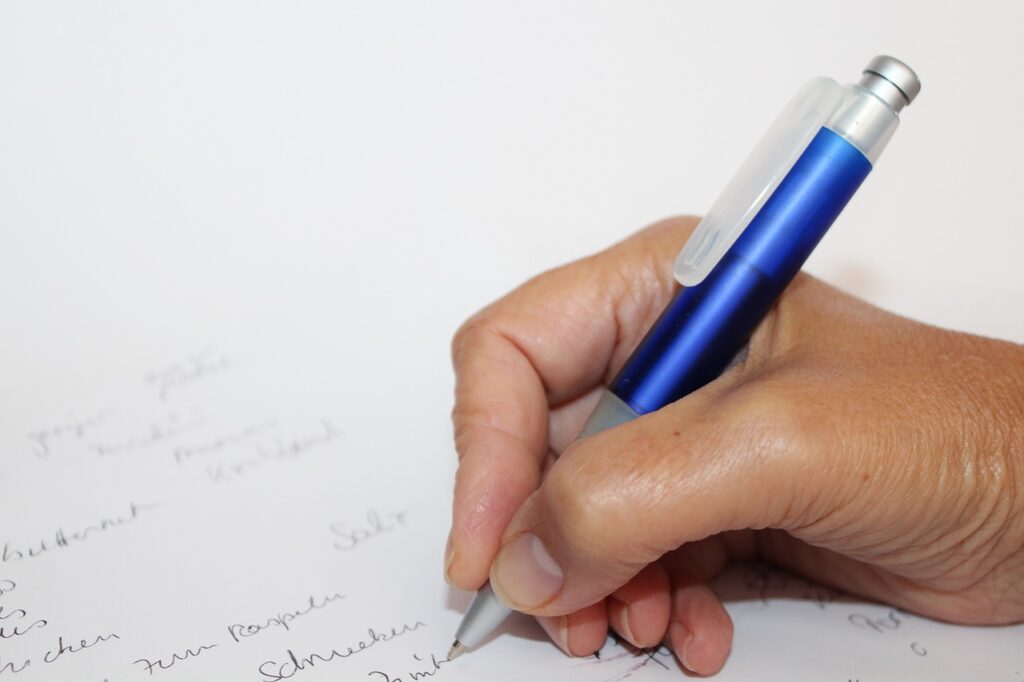When Hurricane Helene tore through Georgia in 2024, Jelessica Monard was five months pregnant and had just stocked her house with groceries using her food stamp card. When the power went out for days, she had to throw most of it away, a devastating loss for a family already living paycheck to paycheck. Her story isn’t unique. It’s the reality thousands of single mothers face when climate disasters strike.
I know how overwhelming it can feel to manage everything solo on a good day, and I’m sure it’s more difficult with kids! Imagine trying to evacuate, find shelter, keep your kids fed and calm, and rebuild your life: all while being the only adult making every critical decision. The truth is, climate disasters don’t impact everyone equally, and single mothers bear a disproportionate burden that most emergency plans completely overlook.
In my article from September 19th, “Ready for Anything: Urban Survival in a Changing Climate,” I gave advice on what to do during particular disaster scenarios. For this article, I wanted to expand on why single moms (and single women as well) are more vulnerable, the factors at play, and give 5 actionable steps you can take right now, so you’re more prepared before the disaster strikes.
The Perfect Storm: Why Single Moms Are Most Vulnerable
Limited Resources, Unlimited Responsibility
Single mothers are already more likely to live in environmentally hazardous areas due to housing affordability constraints. When you’re choosing between a safe neighborhood and being able to pay rent, the choice often makes itself. This means single-mom families face higher baseline exposure to flood zones, areas with poor air quality, and neighborhoods with inadequate infrastructure: all of which amplify climate disaster impacts.
Research shows that women are more likely to die in natural disasters because they take on more care responsibilities and stay home with children rather than evacuate (read my earlier article about why bugging is better, BUT sometimes you have no choice but to leave). For single moms, this risk intensifies exponentially. There’s no partner to help load the car, carry sleeping children, or make split-second decisions about what to grab. Every aspect of disaster response becomes a solo mission.

The Economic Double-Whammy
Climate disasters hit wallets hard, and single-mother households, which already face higher unemployment rates and lower incomes, have less cushion to absorb the impact. When Hurricane Harvey flooded Houston, many single moms couldn’t afford to evacuate even when they wanted to. No savings for hotel rooms, no family car that could handle the drive, no flexibility to miss work for evacuation time.
The aftermath is often worse. While two-parent households can split the massive to-do list of insurance calls, contractor meetings, and cleanup work, single moms tackle it all while still being the sole breadwinner and caregiver. Recovery takes longer, stress builds higher, and financial stability crumbles faster.
The Isolation Factor
During Brisbane’s 2022 floods, one pregnant mother described being “stuck in the house” with her children, unable to get supplies or food, not knowing when it would end. That feeling of isolation isn’t just emotional: it’s practical and dangerous. Single mothers often lack the extended support networks that two-parent families have. No in-laws to call, no spouse’s coworkers offering help, fewer built-in backup plans.
This isolation becomes life-threatening during disasters. When evacuation orders come, who helps load the kids and pets into the car? When shelters are overcrowded, who advocates for your family’s needs? When FEMA paperwork needs filing, who watches the children during those hours-long phone calls?
Mental Health Under Siege
The psychological toll on single mothers during climate crises is profound. Research shows that mothers who are aware of growing climate risks experience higher rates of anxiety and distress. For single moms, this anxiety compounds with the constant weight of being their family’s only safety net.
One Georgia mother captured this perfectly: “I think about what happens if I’m separated from my partner and I’ve got to juggle two children in the middle of a huge weather event. I can’t have both of them on my arms.” For single mothers, this isn’t a hypothetical worry: it’s daily reality planning.

Five Ways to Fight Back: Building Your Climate Resilience
Despite these overwhelming challenges, single mothers are not powerless. Here are five realistic strategies to increase your family’s resilience, regardless of your budget:
1. Create Your Village Before You Need It
The strongest defense against disaster isolation is community connection. Start building your support network now:
- Join local parenting groups, both online and in-person
- Connect with neighbors: even a simple “how are you?” conversation can identify potential helpers
- Establish relationships with other single parents who understand your unique challenges
- Look into community organizations, faith groups, or volunteer networks in your area
Read my last article about building a network in 30 days. Document your network: Create a contact list of people who could help with childcare, transportation, or temporary housing. Share your contact info with them too: mutual aid works both ways.
2. Master the Art of Micro-Prepping
You don’t need a bunker or thousands of dollars to improve your disaster readiness. Focus on small, budget-friendly steps:
- The 72-hour kit approach: Build emergency supplies gradually, one item per shopping trip
- Multi-purpose planning: Choose supplies that work for multiple scenarios (flashlights for power outages, battery banks for communication)
- Kid-focused prep: Include comfort items, activities, and familiar foods that will help children cope
- Document everything: Keep copies of important documents in waterproof bags and cloud storage
Start with the basics: water (one gallon per person per day), non-perishable food, flashlights, batteries, first aid supplies, and any necessary medications.
Keep your ‘bug out’ stuff somewhere you can grab it in a hurry and even in the dark without thinking about it.
3. Develop Your Personal Early Warning System
Knowledge is power, especially when you’re making decisions for your whole family:
- Sign up for local emergency alerts and weather notifications
- Follow your city’s social media accounts for real-time updates
- Download weather apps that include radar and severe weather warnings
- Learn your area’s evacuation routes and identify multiple options
- Know where local shelters are located and their specific policies about pets, medical needs, etc.
Create a simple evacuation checklist so you’re not making critical decisions under stress. Practice with your kids so they know what to expect.

4. Maximize Every Safety Net Available
Don’t let pride stop you from accessing resources designed to help families like yours:
- FEMA assistance: Know how to apply for disaster relief before you need it
- Local social services: Many communities have emergency assistance programs for housing, food, and utilities
- Utility company programs: Most have special provisions for families with young children during extended outages
- School district support: Many schools serve as evacuation centers and have resources for displaced families
- Nonprofit organizations: Research local groups that provide disaster relief: many specifically focus on families with children
Keep a file with contact information and eligibility requirements for these programs. During a crisis, you won’t want to spend time researching what’s available. Then, get together with trusted neighbors to help each other with paperwork and post-disaster opportunities and assistance.
5. Build Economic Resilience One Dollar at a Time
Financial preparation doesn’t require a huge income: it requires consistency and creativity.
- Emergency fund micro-building: Even $5 per week adds up to $260 per year in emergency savings
- Skill diversification: Develop multiple income streams or marketable skills that could help during economic disruption
- Barter network building: Connect with neighbors who might trade services (childcare for home repairs, etc.)
- Insurance review: Make sure you understand exactly what your coverage includes and excludes
- Community resource mapping: Know where free or low-cost services are available (food banks, clothing closets, etc.)
The goal isn’t perfection: it’s progress. Every small step increases your family’s stability and your confidence in handling whatever comes next.
The Power of Single Mom Resilience
Here’s what the statistics don’t capture: single mothers are already experts at managing the impossible. You’ve mastered crisis management, resource stretching, and quick decision-making under pressure. These skills, born from necessity, are exactly what climate resilience requires.

The climate crisis is real, and its impacts on single-mother families are severe. But acknowledging these challenges isn’t about creating fear: it’s about empowering action. When we understand why climate disasters hit single moms hardest, we can fight back more effectively.
You’re not just preparing for disasters; you’re modeling strength and resilience for your children. Every conversation about emergency plans, every item added to your emergency kit, every connection made in your community teaches them that families can be strong, prepared, and capable of handling whatever life brings.
The road ahead won’t be easy, but you don’t have to walk it alone. By building community connections, preparing gradually, staying informed, accessing available resources, and strengthening your financial position step by step, you’re not just surviving climate uncertainty: you’re teaching your children how to thrive despite it.
Remember: You’ve already overcome more than most people ever will. Climate preparedness is just another challenge you’ll master, one practical step at a time.
Looking for more information? Sign up for my newsletter for practical tips, under-reported news that mothers just like you will find useful. And don’t miss my latest podcast episode, where I dive deeper into budget-friendly emergency preparedness strategies that actually work for busy single moms and solo women!


